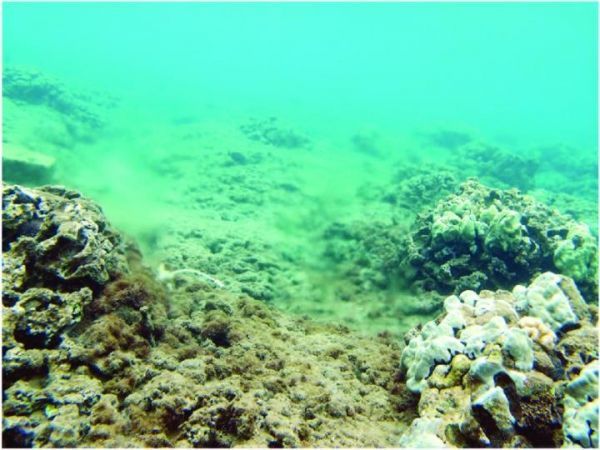A new method for reconstructing changes in nitrogen sources over time has enabled scientists to connect excess nutrients in the coastal waters of West Maui, Hawaii, to a sewage treatment facility that injects treated wastewater into the ground.
Algal blooms and degradation of coral reefs along Maui's coast have been attributed to nutrient pollution, and previous studies have suggested the Lahaina Wastewater Reclamation Facility is a major source of excess nutrients in coastal waters. Previous experiments using dye tracers showed a direct link between the facility's injection site and small submarine seeps that discharge freshwater near the coral reefs. But there are many potential sources of nitrogen, and it has been hard to show that the excess nitrogen in the water comes from the treatment plant.
"They didn't have a smoking gun to say that the nitrogen came from the sewage," said Adina Paytan, a research professor in the Institute of Marine Sciences at UC Santa Cruz.
Paytan and UCSC graduate student Joseph Murray worked with U.S. Geological Survey researchers Nancy Prouty and Sara Peek on the new study, published April 3 in Scientific Reports.
Read more at University of California - Santa Cruz
Image: Groundwater carrying excess nutrients from treated sewage enters coastal waters through submarine freshwater seeps in the reef off the coast of Maui. (Credit: Peter Swarzenski, USGS)


